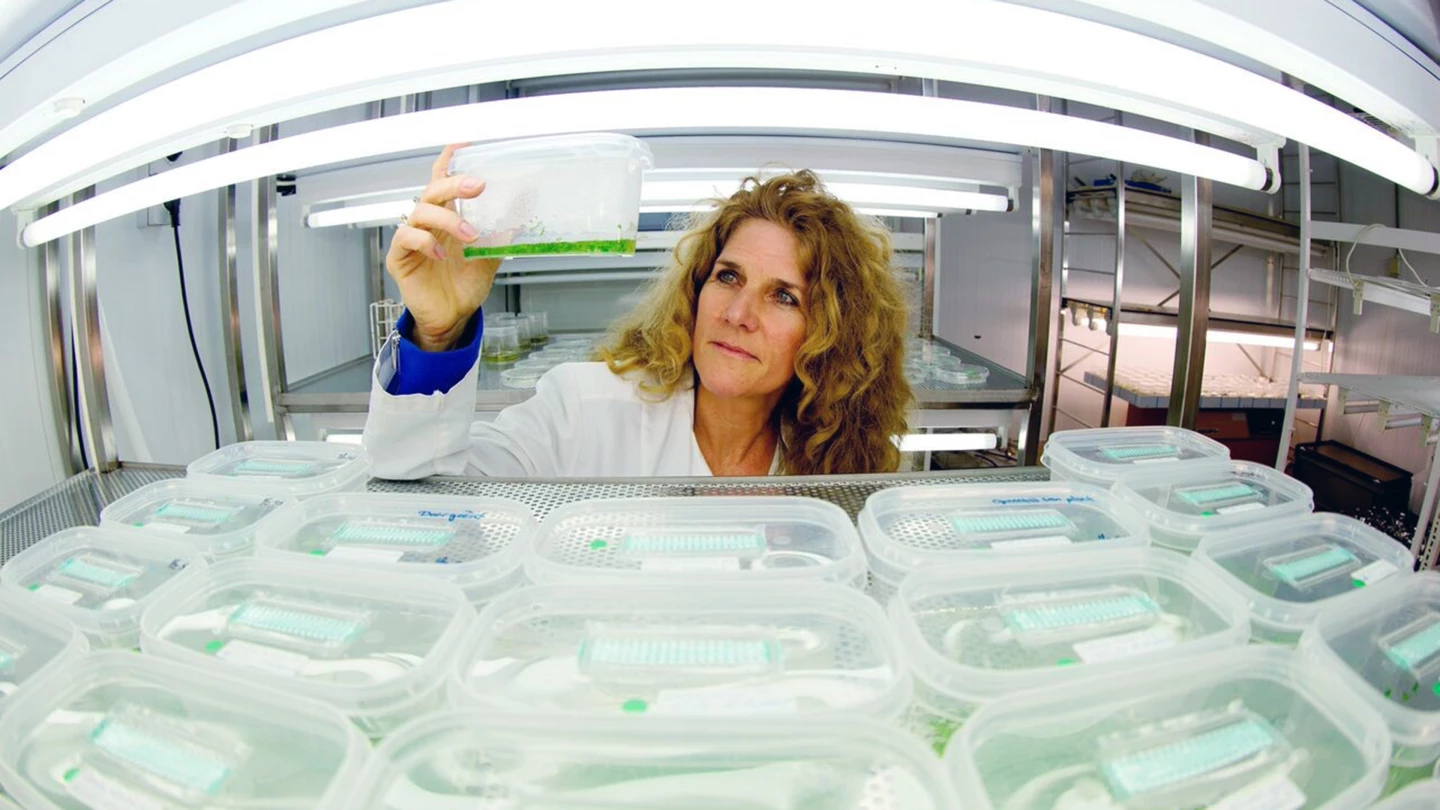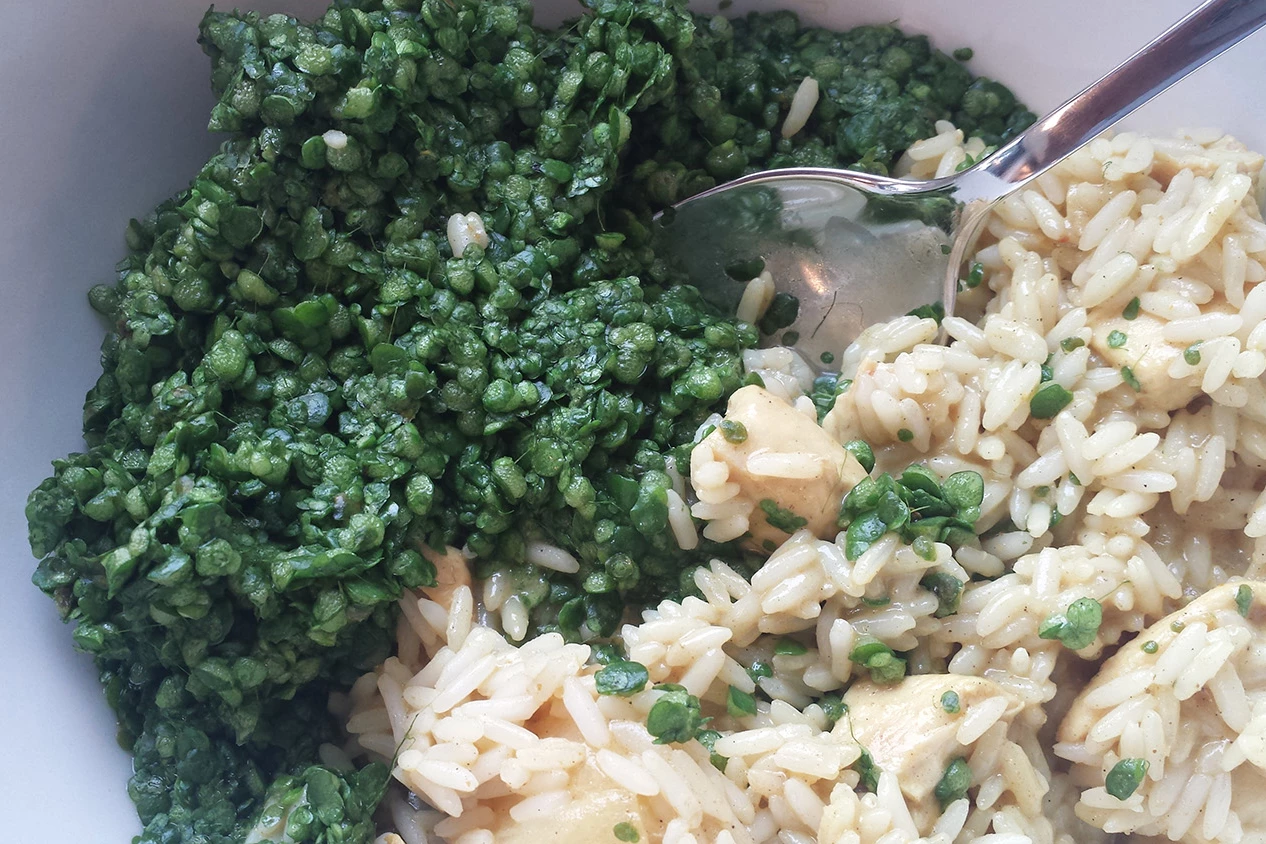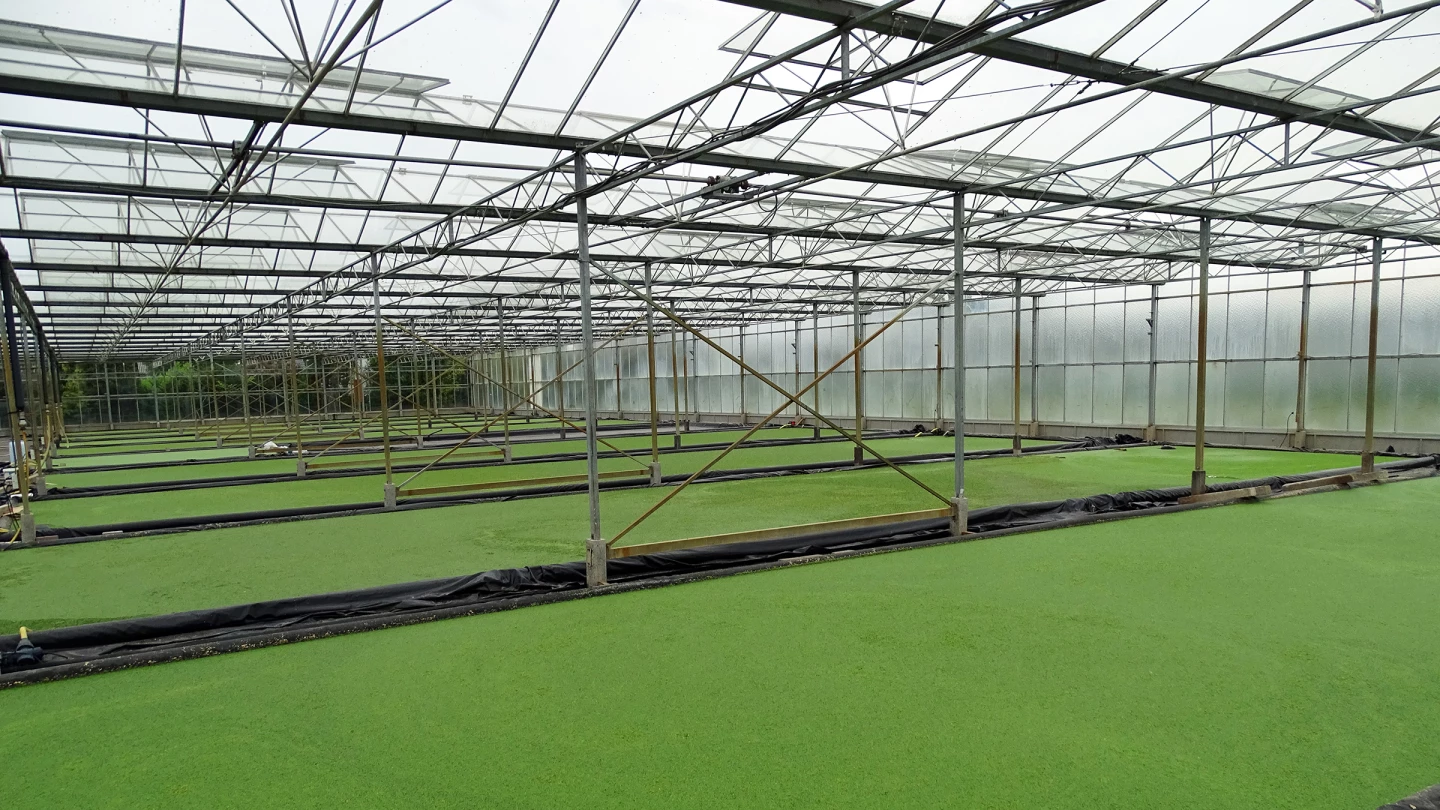When most people think of duckweed, they likely picture an unappealing green film growing across the surface of a stinky, stagnant slough. The protein-rich plant may soon be on your plate, however, as it's been approved for human consumption in Europe.
For a long time now, locally-grown duckweed – aka "water lentils" – has been available in food markets in Thailand and other southeast Asian countries. Such is certainly not the case in Europe, North America and the rest of the Western world, though, where the plant is typically only grown as a source of biofuel.
About ten years ago, Dr. Ingrid van der Meer and colleagues at the Netherlands' Wageningen University set out to change that. Their efforts have now paid off, as they've convinced the European Food Safety Authority (EFSA) that a type of duckweed known as Lemna is safe for human consumption.
The EFSA has thus approved Lemna for sale as a vegetable throughout the continent. In fact, the organization had already approved the sale of Wolffia-type duckweed four years ago, and that brings us to another water-lentil-related challenge … getting people to actually buy and eat the stuff.

Water lentils actually do have some big selling points as as commercial crop.
For one thing, they're considered a highly nutritious "superfood," containing about 35% carbohydrates, 20% minerals, and up to 40% protein. They also require no pesticides and little fertilizer, they don't compete with other crops for farmland, and they can be sustainably cultivated in shallow trays of clean water in greenhouses or vertical farms – this means they could even be raised in cities.
Oh yes, and they grow very quickly.
"Water lentils grow much like yeast," says Ven der Meer. "The plant splits into two every three days. These then split again into four plants, and so the growth continues exponentially. To guarantee bountiful yields, you’d need to harvest once or twice per week."

In a series of taste tests involving over 1,000 volunteers, the Lemna water lentils were served to participants as an ingredient in dishes such as soup, stew, quiche and risotto. After initially getting used to the taste – which some people describe as "nutty" – the test subjects generally found the water lentils to compare favorably with spinach in terms of flavor and palatability.
And just like spinach, water lentils could be sold in fresh or frozen form. That said, it remains to be seen how long it will be before they make an appearance in a supermarket near you.

"In Wageningen, we have extensive knowledge about cultivation and product development, but we are researchers," says Ven der Meer. "Water lentils now need to be embraced by the food industry, so consumers can buy and use products containing them."
Source: Wageningen University & Research






